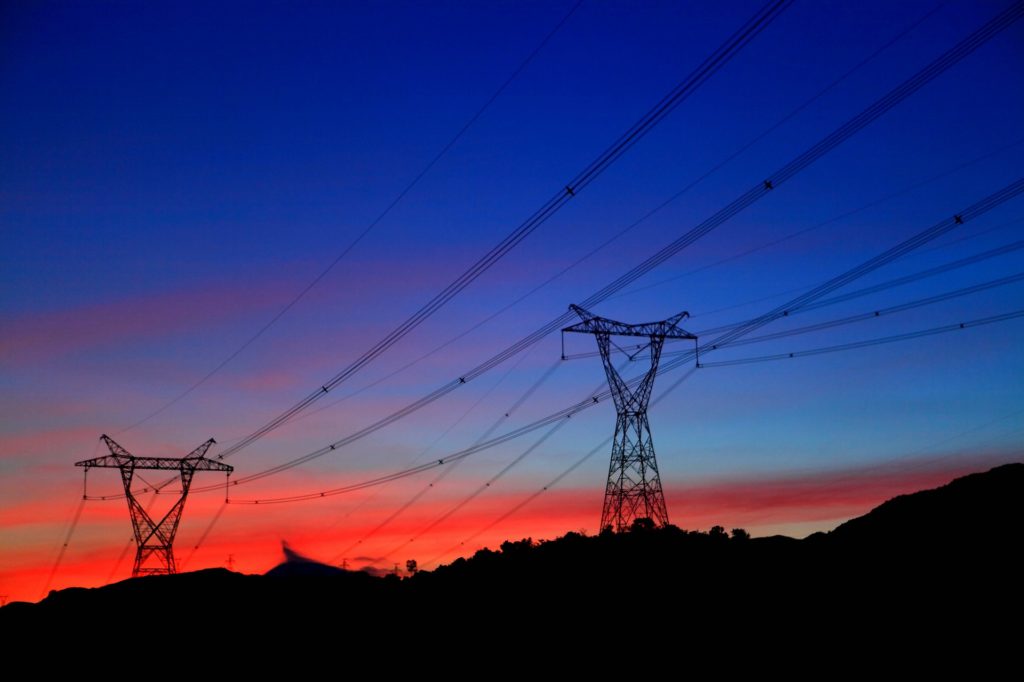The average monthly utilities cost in Alberta is $362.50.
Alberta is the only province in which the market determines the price of power and most of the power generation is based on fossil fuels (43% from coal and 49% from natural gas). Renewables, such as wind, solar, hydro, and geothermal, represent the remaining 8% of production.
There are a number of factors that affect the cost of electricity in Alberta:
Location (rural or urban)
Municipality
Distribution service area
Electricity supply charge
GST
Transmission tariff
Distribution tariff
Electricity demand
Natural gas, coal, and oil prices
Transmission losses
Industrial demand
Power plant costs
Weather conditions
Regulations
Variable or fixed rates
Utility
There are three main forms of charges on your bill: distribution charges, transmission charges, and the rate riders.
Distribution- the charges are related to delivering the energy from the source, down through the power line structure, to the sub-stations.
Transmission charges- relate to the energy delivered from the sub-stations down to our homes. Why is the transmission charge higher than the actual power use? The system is built to meet peak demand at any time when power is needed. Even when your consumption is lower, the costs are still needed to ensure power is available to you when needed, such as on hot or cold days. Rural customers will pay a little higher rate than those customers living in cities; more poles, more wires and facilities are required, and fewer customers sharing the costs.
Rate Riders- temporary debits or credits based on the difference between the forecast and actual costs- all rates have been approved by the Alberta Utilities Commission (AUC). Depending on where you live, there might also be a charge for local access fees, which are set by and paid to your town or city, for the right to serve you as a customer, and for any infrastructure on municipal lands.
All electrical and gas bills include an administration fee for each.
The transaction fee is the one to watch for; when you hook up your gas or electricity, ask if there will be a transaction fee, usually attached to a variable rate. This is the retailer’s margin.
Consumers who choose a fixed electricity rate will pay the same price per kilowatt hour (kWh) regardless of what the actual market price is. This is an attractive option because floating electricity prices in Alberta have been extremely high. A customer not locked in to an electricity plan is subject to large price swings and will receive unusually high bills without notice.
There are many more adjustment riders that are used: more than this article has the room for here.
For a more in depth breakdown of your power bill follow the Utilities consumer advocate link.

